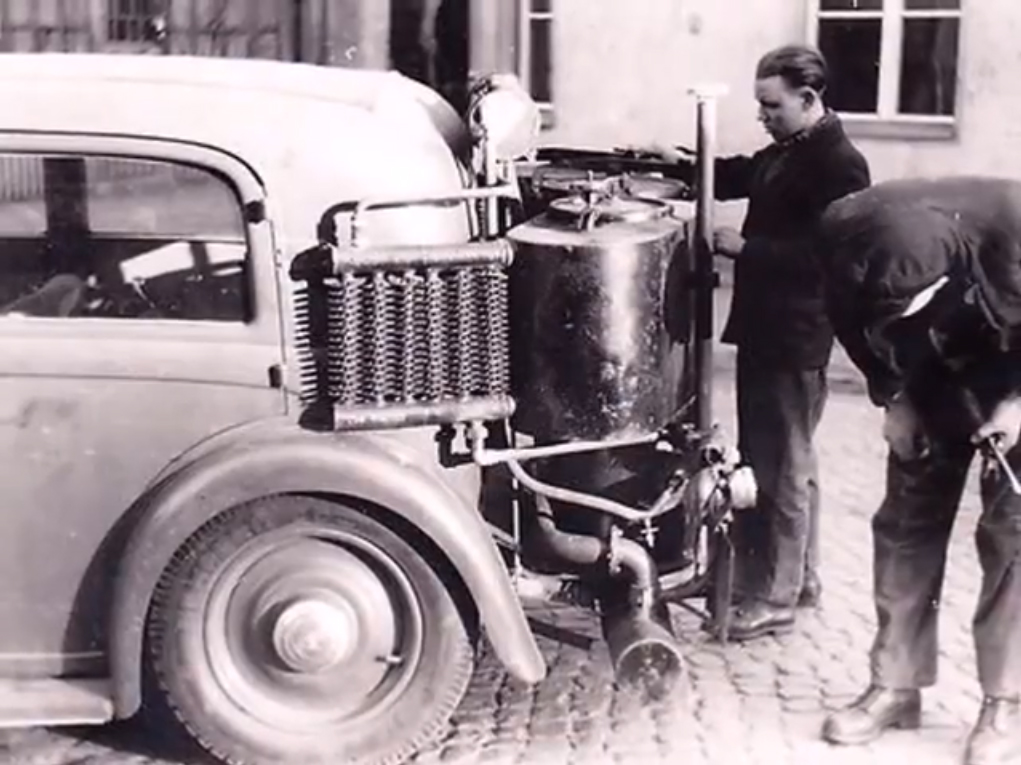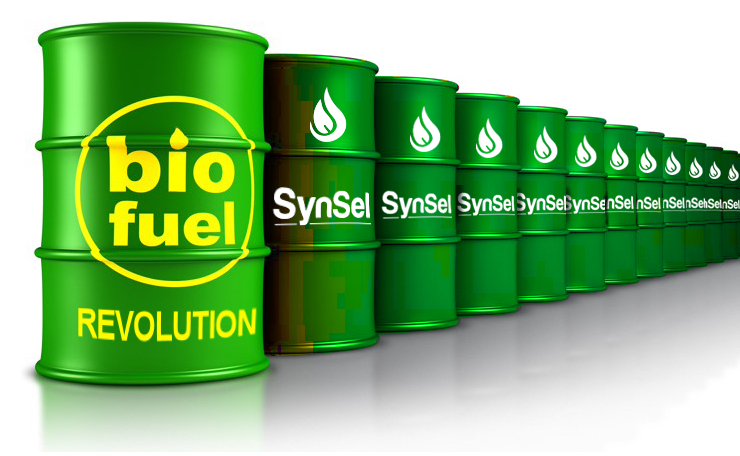Evolution of Fuels Leading to the SynSel Revolution
“
The first known use of fuel was the combustion of wood or sticks by Homo Erectus for domestic use nearly two million years ago. Throughout history humans primarily used fuels derived from plants or animal fats.”
“More than 3,000 years ago, coal and charcoal began to be utilized as fuels that burn much hotter and longer than wood. The Chinese were the first to use coal for heat and light.
Charcoal is the carbon compound that remains after wood or animal products are exposed to extreme heat in the absence of oxygen. Coal and charcoal were used throughout history for heating, smelting and casting.
”
“The earliest known oil wells were drilled in China in the first century AD.
Read More”
“From the 16th century through the 19th century, whale oil was popular as a lamp fuel and a lubricant.
Read More
”
“
A steam locomotive produced its power through a steam engine using coal or wood as a combustible fuel.
Read More”
“
In August 1888, Bertha Benz drove the Patent Motor Car built by her husband Carl Benz from Mannheim to Pforzheim (Germany). A few days later, she returned to Mannheim. This was the first long-distance trip in the history of the automobile, and it was a pioneering undertaking.
Read More”
“
Although Edwin Drake dug the first US commercial oil well in Pennsylvania in 1859, the oil was originally distilled to produce kerosene for lamp lighting prior to being used as fuel for diesel engines.
Read More”
“
The gasoline engine was invented to power the automobile. Prior to this time, gasoline was discarded as a useless byproduct of refining petroleum for kerosene. Nine million vehicles powered by gasoline were on the road in 1920, and gasoline fueling station infrastructure quickly arose in the US.
Read More”
“
Despite petroleum’s dominance in the market, many alternative fuel technologies also arose in the 20th century. The most notable of these technologies were developed in Germany out of necessity.
Read More”
“
During the prohibition era in the United States, it was illegal to sell, manufacture and transport ethanol. This made it impractical to use ethanol cars. Ethanol fuel sellers were accused of being allied with moonshiners.
Read More”
“
The terrorist attacks of September 11, 2001 resulted in historically high oil prices and an increased awareness of US energy security. In response, the US biodiesel industry began to ramp up to meet the growing demand.
Read More”
“
The first Renewable Fuels Standard (RFS) became law as part of the United States’ energy policy in 2005. The RFS provided for ethanol production of four billion gallons in 2006 with an increase to seven and one-half billion gallons by 2012.
Since that time, The Energy Independence and Security Act of 2007 requires renewable fuel usage to increase to 36 billion gallons annually by 2022. The new RFS which currently guides national ethanol policy states that only 15 billion gallons of production may be produced from corn. The remaining 21 billion gallons must come from other advanced and cellulosic feedstock sources.
”
“In response to the 2005 Biofuels Legislation, countless advanced biofuels technologies began emerging to meet the growing demand. In the rush to market, most of these proposed technologies failed. Two notably proven successful biofuel processes include the UOP Ecofining™ Advanced Synthetic Biofuels Process and GTI’s IH2® Advanced Synthetic Biofuels Process.
Read More”
“
Coming full circle, back to mankind’s first known combustible fuel, SynSel domestically produces advanced second-generation biofuel solutions using renewable and sustainable waste wood as the primary feedstock. This process is destined to provide transportation fuel sectors with pragmatic, superior fuel products with no negative effect on the environment and over 90% reduction in GreenHouse Gas Emissions versus conventional fuels.
•SynSel uses 100% renewable & sustainable feedstock via responsibly-harvested waste wood & pulp timber, and municipal solid waste (MSW).
•SynSel manufactures high quality “drop-in” synthetic biofuels for internal combustion and jet engines with no performance or engine degradation.
•SynSel fuels offer a “greener” solution than electric vehicles, while setting uncompromising sustainability standards in rural and urban communities.
”
Going back over 200 years to the first uses of fossil fuels in 1812 for steam locomotives, half the consumption of fossil fuels has taken place in the last 30 years. While the trend is favorable for renewable energy in the transportation sector, the demand for fossil fuels aligns with the increase in world population: the call for creature comfort ... the independence of driving a car.
Fossil fuels still provide a cheap and readily available source of energy for over 1 billion internal combustion engines on the road today. In another environmentally-conscious camp, over 2 million electric vehicles were purchased in 2019 ... but that is 20% of 1%. SynSel provides an alternative to utilize the carbon already expended to create these +1 billion vehicles – with a carbon footprint BETTER than electric vehicles.
Are you ready to join the SynSel Biofuels Revolution? Be the Bertha Benz of 1888 that plunged in ... join the dance of EVOLUTION AND REVOLUTION ... Our future generations will be the product of the decisions we make today.









